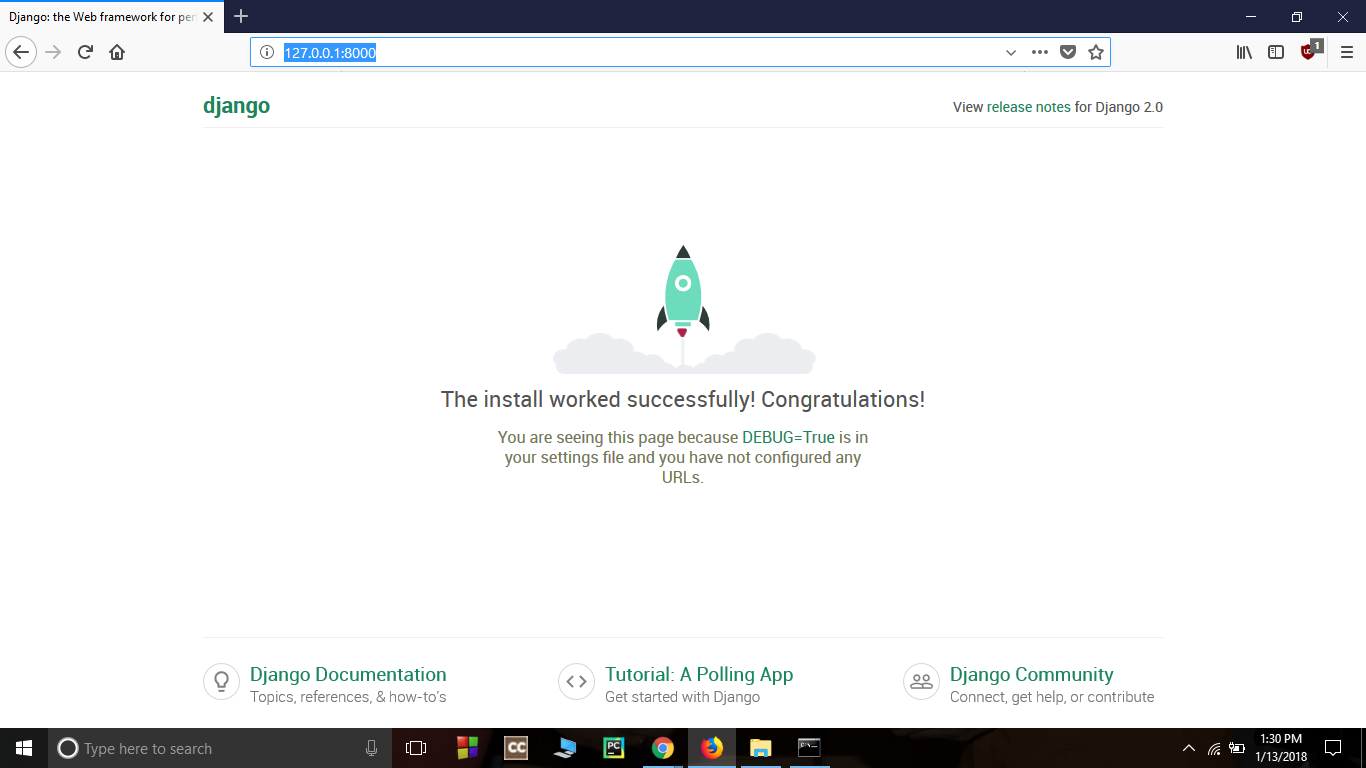Django Installation and Setup
Last Updated :
10 Apr, 2024
Installing and setting up Django is a straightforward process. Below are the step-by-step instructions to install Django and set up a new Django project on your system.
Prerequisites: Before installing Django, make sure you have Python installed on your system.
How to Install Django?
To Install Django in Linux and Mac is similar, here I am showing it in Windows for Linux and Mac just open the terminal in place of the command prompt and go through the following commands.
Step 1: Install Pip
Open the command prompt and enter the following command-
python -m pip install -U pip

Install Pip
Step 2: Set Virtual environment:
Setting up the virtual environment will allow you to edit the dependency which generally your system wouldn’t allow. Follow these steps to set up a virtual environment-
Step 3: Create virtual environment in Django:
We should first go the directory where we want to create the virtual environment then we type the following command to create virtual environment in django.
python -m venv env_site

Create Virtual Environment
then we need to activate virtual environment in django
Step 4: Activate the virtual environment:
Run the activation script located in the bin directory within the virtual environment folder
.\env_site\Scripts\activate.ps1
source env_site/bin/activate
Step 5: Install Django:
Install django by giving following command
pip install django

Install Django
Django Setup
Once Django is installed, we can start to create a new Django project.
Step 1: Start a new Django Project
Start a project by following command-
django-admin startproject geeks_site

Start a new Project Django
Step 2: Navigate to the Project Directory
Change directory to geeks_site
cd geeks_site

Step 3: Start the server
Start the server by typing following command in cmd-
python manage.py runserver

Start Django Server
Step 4: Verify Server Status
To check whether server is running or not go to web browser and enter http://127.0.0.1:8000/ as URL.

Share your thoughts in the comments
Please Login to comment...